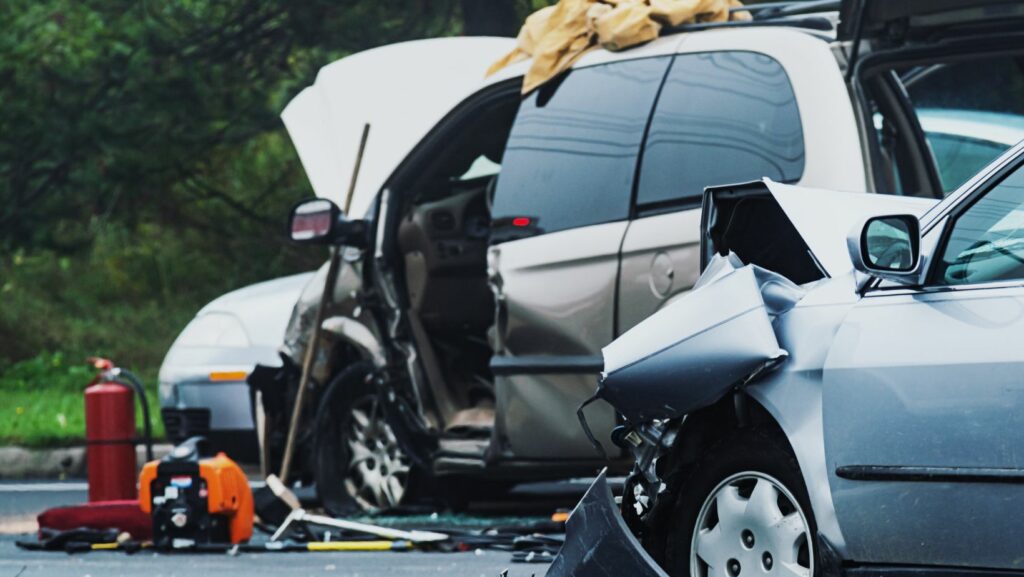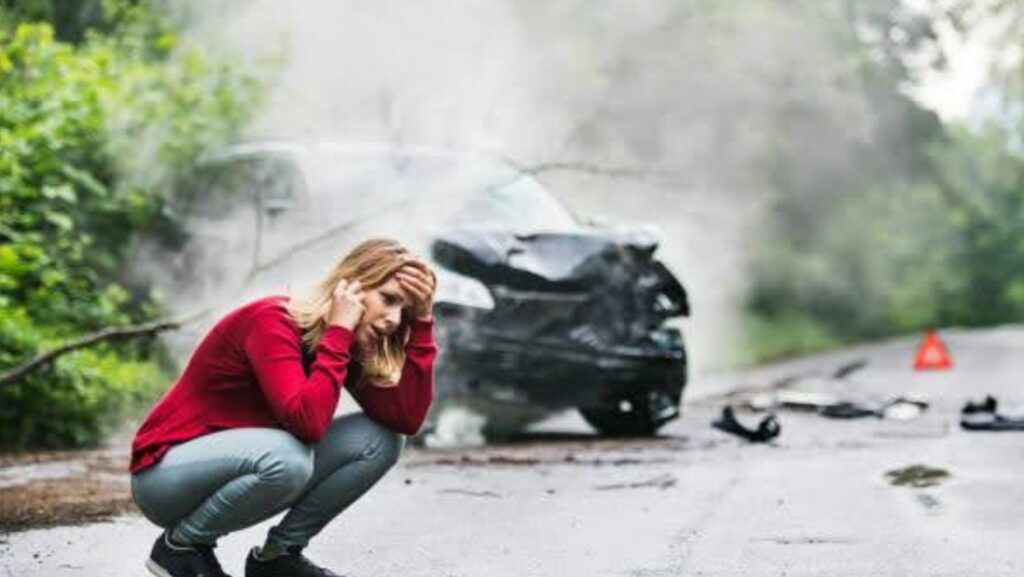Letting someone else take the wheel of your car might seem harmless, especially if it’s a close friend or family member. But when that person ends up in an accident, things can quickly get complicated.
Questions about insurance, liability, and financial responsibility start popping up fast. Understanding how these situations work and when to reach out to a car accident lawyer can make a huge difference in protecting yourself.
So, before you decide to let someone else drive your car, know what your insurance covers and what steps to take if something goes wrong.
- Find Out Who Was at Fault: The first step is figuring out who caused the crash. If the person driving your car wasn’t at fault, your insurance company will likely coordinate with the other driver’s insurer to handle the damages.
But if your driver was responsible, your policy will probably take the lead – since most car insurance covers the vehicle, not the person behind the wheel.
That said, every insurance plan is different. Some might restrict coverage if the person driving wasn’t listed on your policy or didn’t have your direct permission. So, it’s always smart to check the fine print. - Look for “Permissive Use” in Your Policy: Most auto insurance policies include what’s called permissive use. This means that if you have permitted someone to drive your car, your insurance should still cover them in case of an accident.
However, there are exceptions you should be aware of:
- If the driver lives with you but isn’t named on your policy, coverage could be denied.
- If they were using your car for business or delivery purposes, your personal insurance might not apply.
- Some insurers offer only limited coverage for permissive drivers.
Get advice from a car accident lawyer to review your policy details. They can better explain exactly what’s covered.
- Call Your Insurance Company Right Away: Once you confirm that your vehicle was involved in an accident, contact your insurance provider immediately. Provide accurate information about who was driving, how the accident happened, and where it took place.
Your insurer will assign a claims adjuster to review the case, go through police reports, and determine liability. Remember, the sooner you report the accident, the smoother the claims process will be. - Get a Personal Injury Lawyer Involved: Even if things seem straightforward, consulting a lawyer is often a wise move. A lawyer can help:
- Clarify whether you or the driver might be held personally liable.
- Handle insurance adjusters and the endless paperwork that comes with claims.
- Ensure that any settlements or compensation are fair.
- Steps to Take Right After the Accident: To make sure everything is handled properly and you are protected, follow these immediate steps:
- Check that everyone is safe and call for medical help if needed.
- Contact the police and make sure an accident report is filed.
- Take photos of the scene, vehicle damage, and any injuries.
- Exchange insurance and contact details with all drivers involved.
- Notify your insurance company and talk to your lawyer before signing anything or making statements.
Key Takeaways
- Insurance typically follows the car, not the driver, but every policy has its own rules.
- Always double-check whether your coverage includes permissive use.
- Report any accident to your insurance company as soon as possible.
- If there are injuries or significant damage, contact a car accident lawyer or personal injury lawyer for guidance.
- Be thoughtful before handing over your car keys next time.

Lending your car might feel like doing someone a favor, but one accident can change everything. Knowing your rights, acting quickly, and getting the right legal help can protect both your vehicle and your financial peace of mind.

